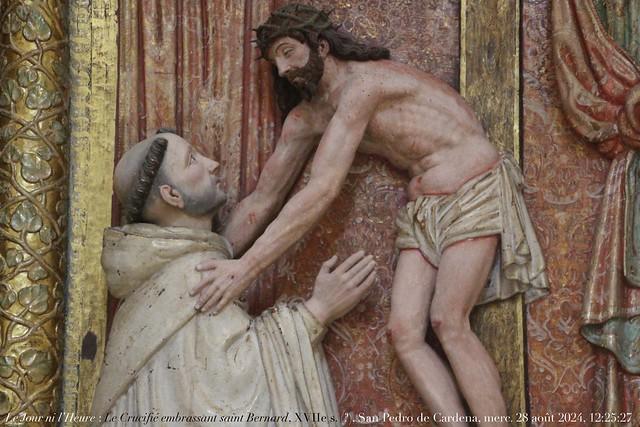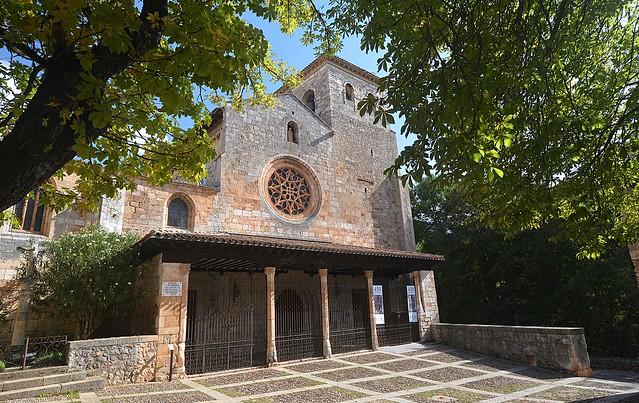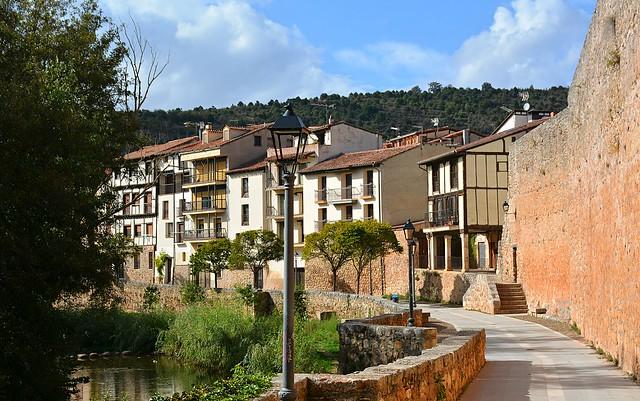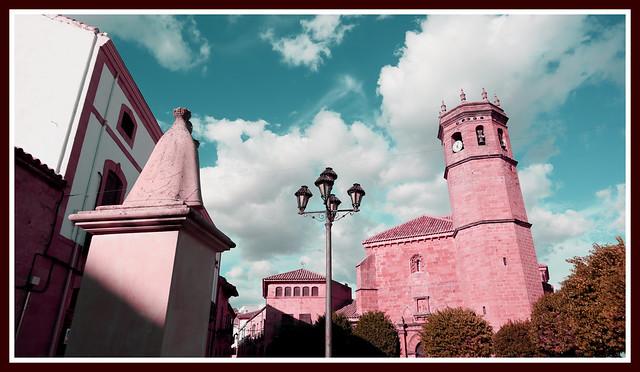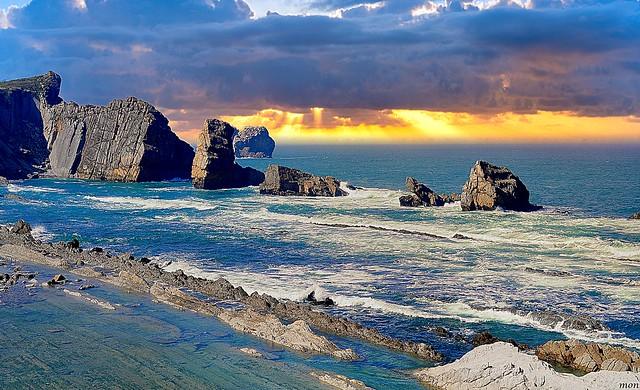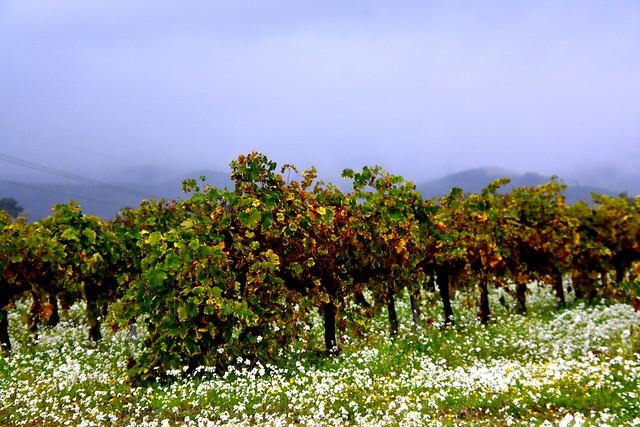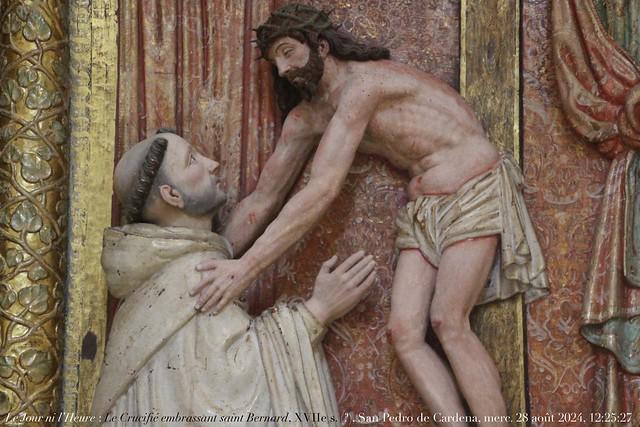León
Overview
Historical Significance
León, a city in northwestern Spain, carries a rich historical significance that dates back to Roman times. Originally established as a military encampment, León became the capital of the Kingdom of León in the 10th century, playing a crucial role in the Reconquista, the campaign to reclaim the Iberian Peninsula from Muslim rule. The remnants of this storied past can be seen in its remarkable architecture, particularly the impressive León Cathedral, a stunning example of Gothic architecture that boasts an array of stained glass windows. This cathedral, often referred to as "La Pulchra Leonina," is not only an architectural marvel but also serves as a testament to the city's importance in medieval Spain.
Cultural Atmosphere
The atmosphere in León is vibrant and inviting, blending history with a lively contemporary culture. The city offers a unique tapestry of traditions, visible in its annual festivals such as San Juan y San Pedro, where the streets come alive with music, dance, and local cuisine. Strolling through the charming narrow streets of the historic center, visitors can immerse themselves in the local culture, perhaps stopping at the bustling Plaza Mayor to enjoy a café con leche or a glass of local wine while watching the world go by. The city’s rich culinary scene is highlighted by its famous tapas, particularly the renowned morcilla (blood sausage) and cocido leonés (a hearty chickpea stew), which reflect the region's agricultural bounty.
Architectural Highlights
In addition to the cathedral, León is home to a wealth of architectural treasures. The Basílica de San Isidoro is another must-see, often referred to as the "Sistine Chapel of Romanesque Art" for its stunning frescoes. Nearby, the Casa de los Botines, designed by the renowned architect Antoni Gaudí, showcases the city’s modernist influences. The juxtaposition of these historical and modern structures illustrates León's evolution over the centuries. The Roman Walls that encircle the old town are a UNESCO World Heritage Site, providing a glimpse into the city’s Roman heritage and offering stunning views of the surrounding landscape.
Local Characteristics
León is characterized by its warm and welcoming locals, known for their hospitality and pride in their heritage. The city is relatively compact, making it easy to explore on foot, and its relaxed pace encourages leisurely exploration. As you wander through the streets, you will encounter vibrant street art, boutique shops, and traditional markets that reflect both the old and new León. The local artisan scene is thriving, with many shops selling handmade goods such as pottery and textiles, allowing visitors to take a piece of León home with them. The city is also an important stop along the Camino de Santiago, the famed pilgrimage route, drawing travelers from around the globe who seek spiritual reflection or adventure.
Natural Beauty
Beyond its urban charm, León is surrounded by stunning natural landscapes, including the majestic Picos de Europa National Park and the scenic Montes de León. These areas offer a wealth of outdoor activities, from hiking and cycling to birdwatching and exploring picturesque villages. The nearby Las Médulas, a UNESCO World Heritage Site, showcases ancient Roman gold mine ruins set against a backdrop of striking red earth and lush greenery, making it a breathtaking excursion for nature enthusiasts and history buffs alike.
In essence, León is a city that beautifully melds the echoes of its past with the vibrancy of contemporary life. Its rich cultural heritage, architectural wonders, and friendly atmosphere make it a captivating destination for travelers seeking an authentic Spanish experience.
How It Becomes to This
History not available

You May Like
Explore other interesting states in Spain
Discover More Area
Delve into more destinations within this state and uncover hidden gems.


